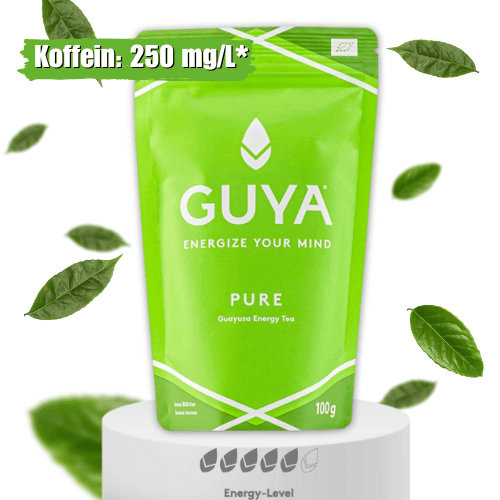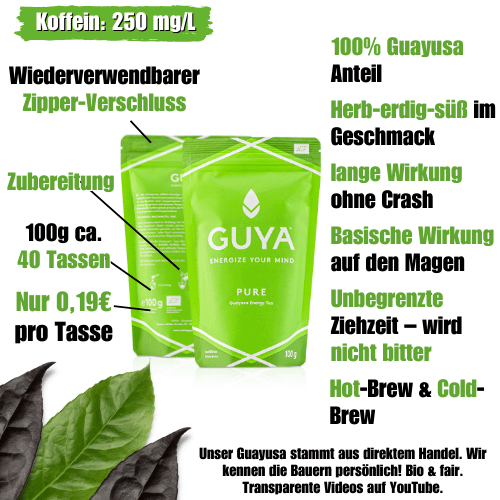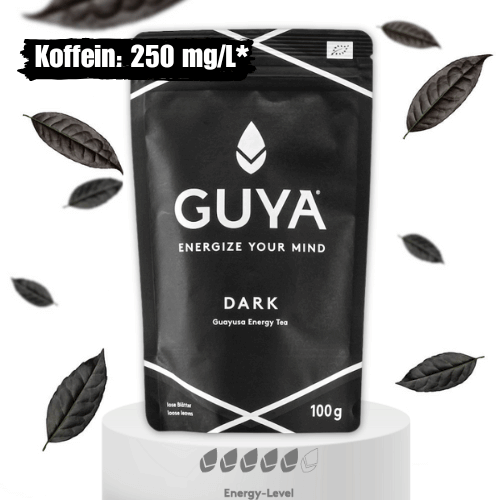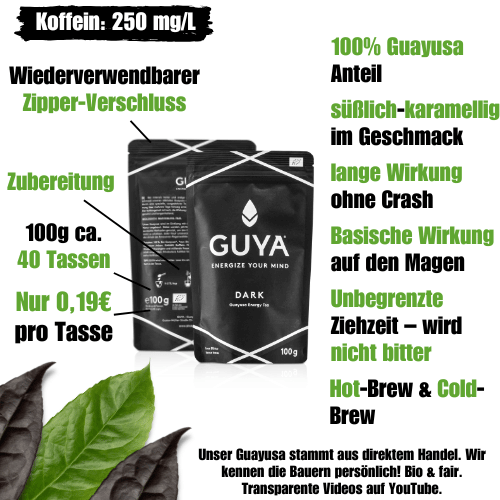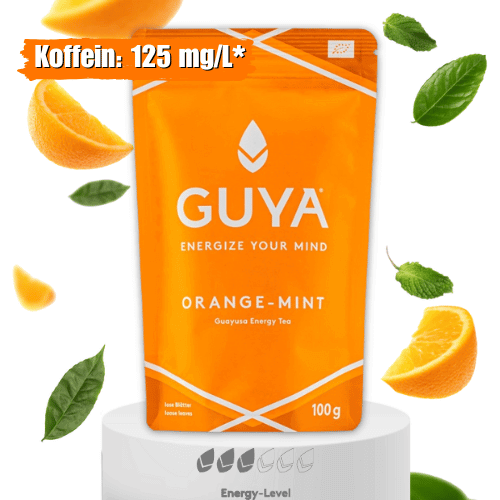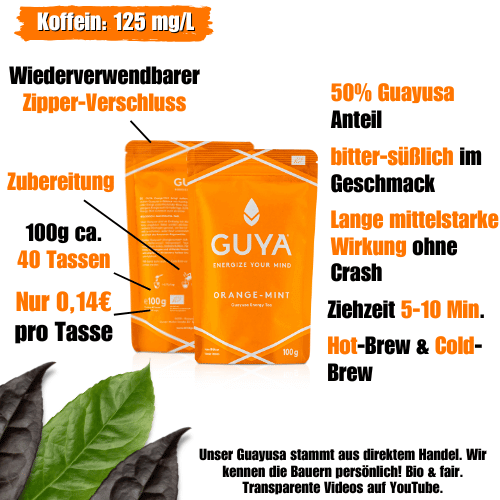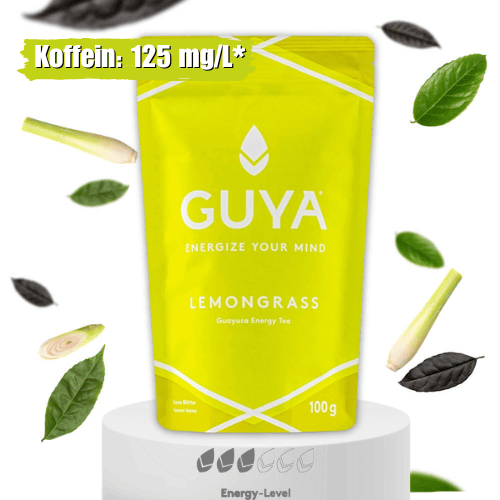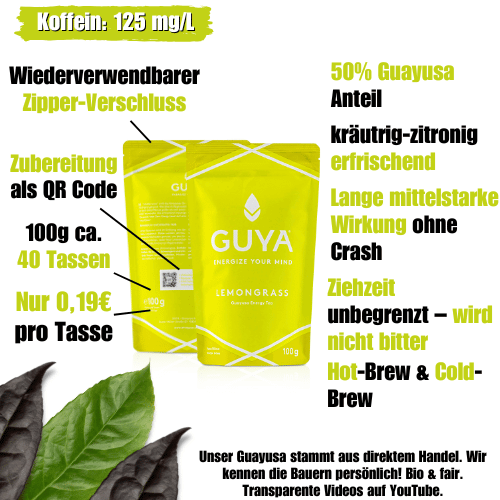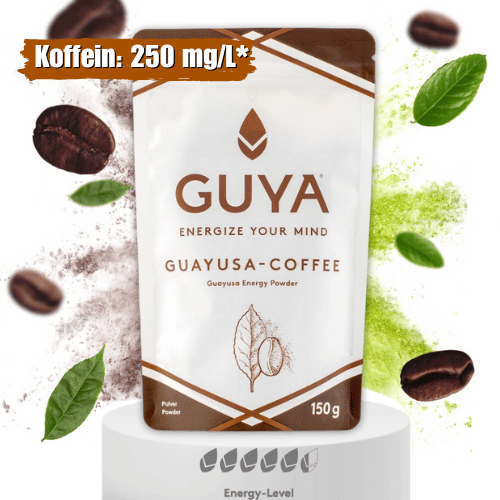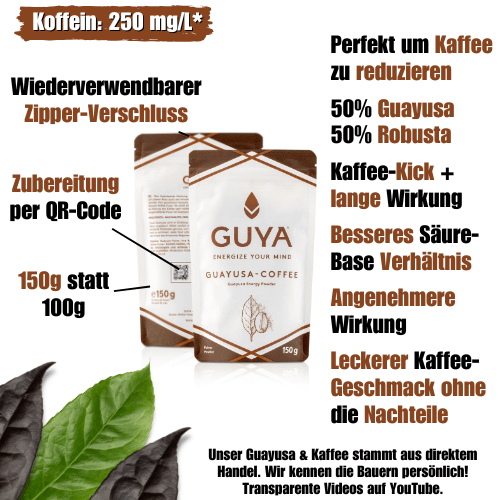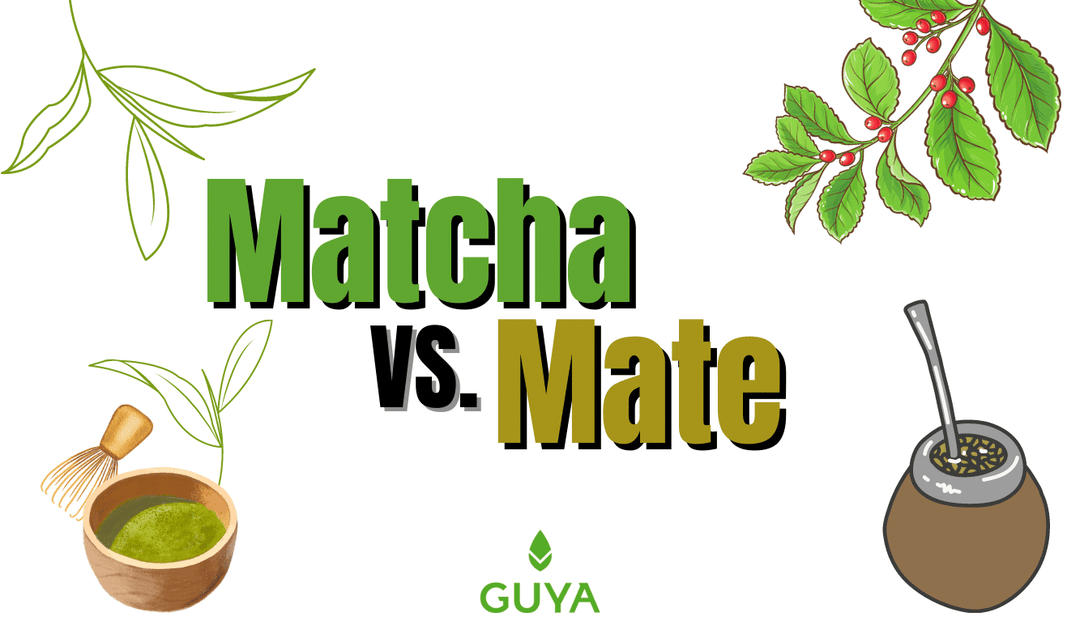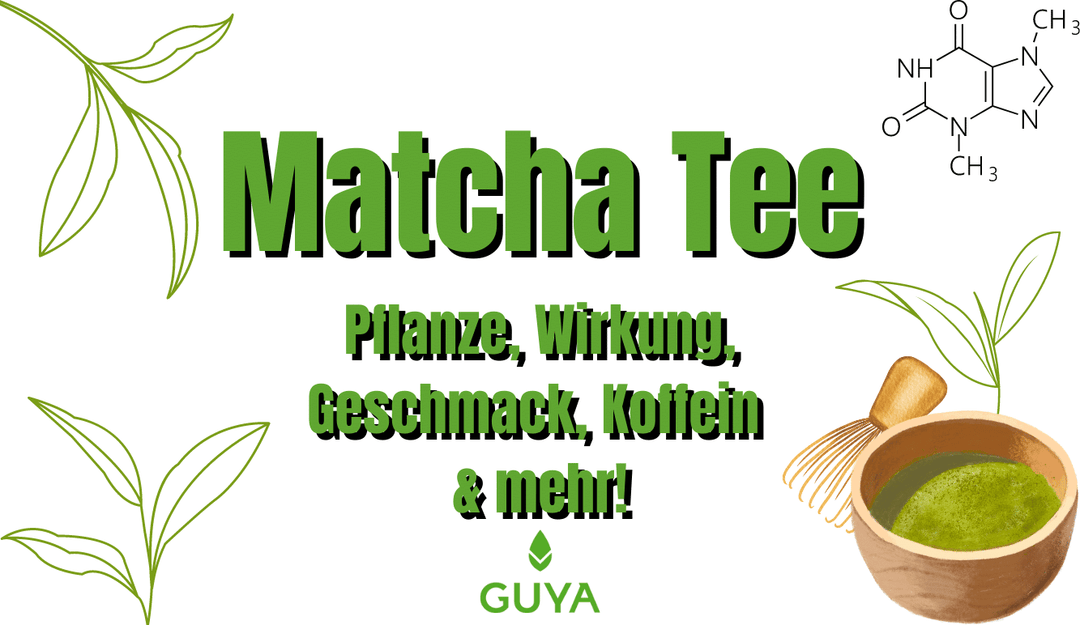How does Matcha taste - what tastes of Matcha?

Introduction
As part of our Matcha series In this article we would like to tell you more about how Matcha tastes. Because according to which Matcha tastes strongly depends on some factors such as quality levels, water quality, water temperature and origin. Therefore, if you pay attention to the following aspects, you will be able to experience the best Matcha taste.
Contents
1. How does Matcha taste good
The Matcha taste differs from a normal green tea and still depends very much on the quality levels. According to what Matcha tastes good, it is therefore not answered with one sentence.
It is generally differentiated between high-grade Matcha and low-grade Matcha quality levels. This affects extremely how Matcha tastes - more on that later.
Anyone who focuses on the moment when drinking high-grade Matcha and preparing it properly will be made a wide variety of nuances. Our following description, according to which Matcha tastes, therefore refers to a high-grade Matcha.
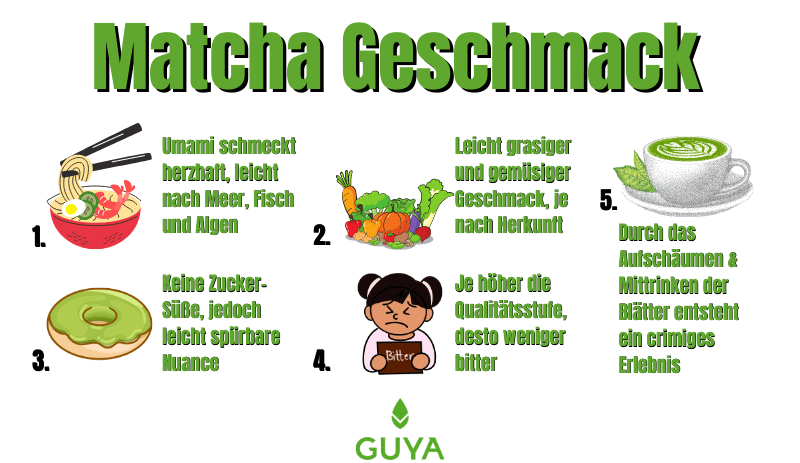
1.1. Grassy, herbal taste
One of the strongest flavors in Matcha is the grassy taste. Make it might even describe it as a vegetable. Matcha is made from specially grown and processed green tea leaves. In Japan, these leaves are treated with water vapor, which leads to this special grassy, slightly vegetable Matcha taste.
Matcha from China, on the other hand, is heated in pans and thus gets a slightly nutty aroma.
In addition, Matcha is often described as the much more intense green tea. This is mainly due to the Umami taste.
1.2. Umami Matcha taste
How does the Umami taste in Matcha? What is Umami anyway?
Umami is one of 5 flavors that was only discovered in early 2000 by localizing the right taste buds on the tongue.
How does the Umami taste in Matcha make itself felt?
Umami is an aroma that can also be found in meat and miso soup. It tastes heartily, lightly after sea, fish and algae.
The strong Umami taste in Matcha in turn is created by shading during cultivation. You can find more about this in our Main Products.
1.3. Sweet
Matcha has fewer bitter substances than normal green tea. As a result, the sweet taste comes out significantly more. Of course, this is not a sugar-sweet, but a easily noticeable shade.
1.4. Bitter
Matcha of a low quality level has often uncomfortable and strongly bitter taste. In contrast, high quality Matcha has a subtle bitter note that complements the other tastes and does not seem uncomfortable.
1.5. Creamy
Good Matcha feels creamy in the mouth and has a long -lasting aftertaste that is almost buttery. Yours To prepare the Matcha correctly, can help to get this creaminess.
2. Matcha quality levels
We have already mentioned it: how good Matcha ends up and how strong his Health properties are very dependent on the quality.
Matcha can be divided into several quality levels. Most of the time, however, a distinction is made between food matcha and drinking matcha (ceremony matcha). Only the Matcha with the highest quality level is actually consumed as a single drink, all others are used for Matcha sweetness or mixed drinks such as Matcha latte.
However, there are big differences in the lower quality levels of Matcha, which are in color, taste and Occupations of ingredients affect
In order to influence how your matcha tastes, you have to know what a high quality level is. The easiest way is to assess the color and origin.
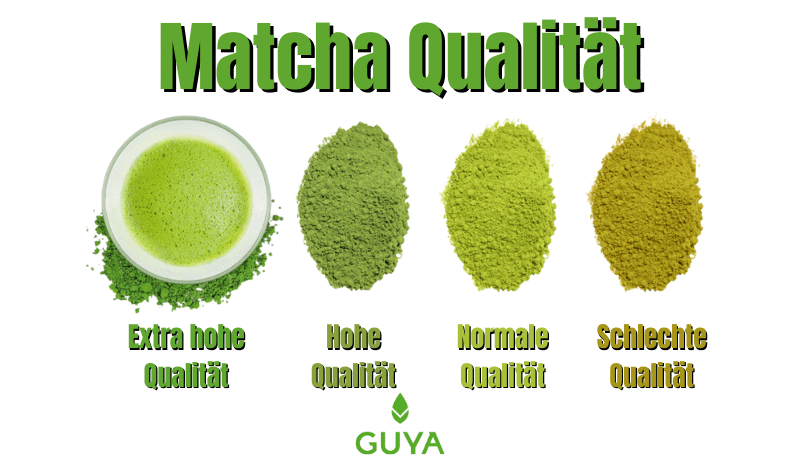
2.1. Matcha quality levels - origin
At the time of Matcha Hypes, all kinds of products suddenly appeared in discounters. But Matcha is not the same as Matcha. In fact, Matcha means nothing more than "ground tea". That is why there are many brands that buy cheap ground tea from countries like China, Vietnam and Thailand. However, this tea did not go through the necessary cultivation methods and processing steps that are necessary to produce a delicious, good -tasting matcha.
Only with Matcha from Japan can you be sure that even a low degree, i.e. Matcha low quality level, meets the requirements of a real matcha.
The best regions in Japan, from which high quality Matcha comes, are:
- Uji
- Nishio
- Fukuoka
- Cakoshima
Tokyo also has some good growing areas. Therefore, be sure to pay attention to the country of origin when buying and, if possible, even the region. A good brand knows exactly where the tea sold comes from! For our Guayusa-Tea we even have our own small documentaries about cultivation and processing YouTube.
3. Matcha preparation
In order to get the full potential from your high-grade Matcha, you should pay attention to some things. In our detailed article too Matcha preparation you will find a lot of detailed instructions including the necessary equipment.
- Use spring water or filtered water
- Pay attention to the water temperature. Matcha makes boiling water more bitter.
- Use a Matcha bowl
- Siev the Matcha beforehand
- Foam only foam with a matcabe,
- Before you pour more water
4. Conclusion
How Matcha tastes very much depends on its quality level. A good matcha has a slightly sweet, very creamy and full-bodied taste, but with a strong Umami note only slight bitterness. Usually a grassy, slightly vegetable note vibrates.
The easiest way to find out the quality level for the best Matcha taste is based on the color and origin before buying. Good Matcha comes from Japan and has a deep green, almost bright color without a yellow or brown stitch!
We hope to have given you an impression of this post that Matcha tastes good.
We do not drive a Matcha ourselves, but but Guayusa-Tee, the most caffeinated drink in the world. Guayusa comes from Ecuador and has a particularly focusing, performance -enhancing and long -lasting effect without racing heart and shaky. If you want to learn more, visit our blog post “what is Guayusa Tea?“.
With the Coupon Code „Blog 5“You get permanently 5 % discount in our Shop and as a subscriber Newsletter even 10 % on all articles.


